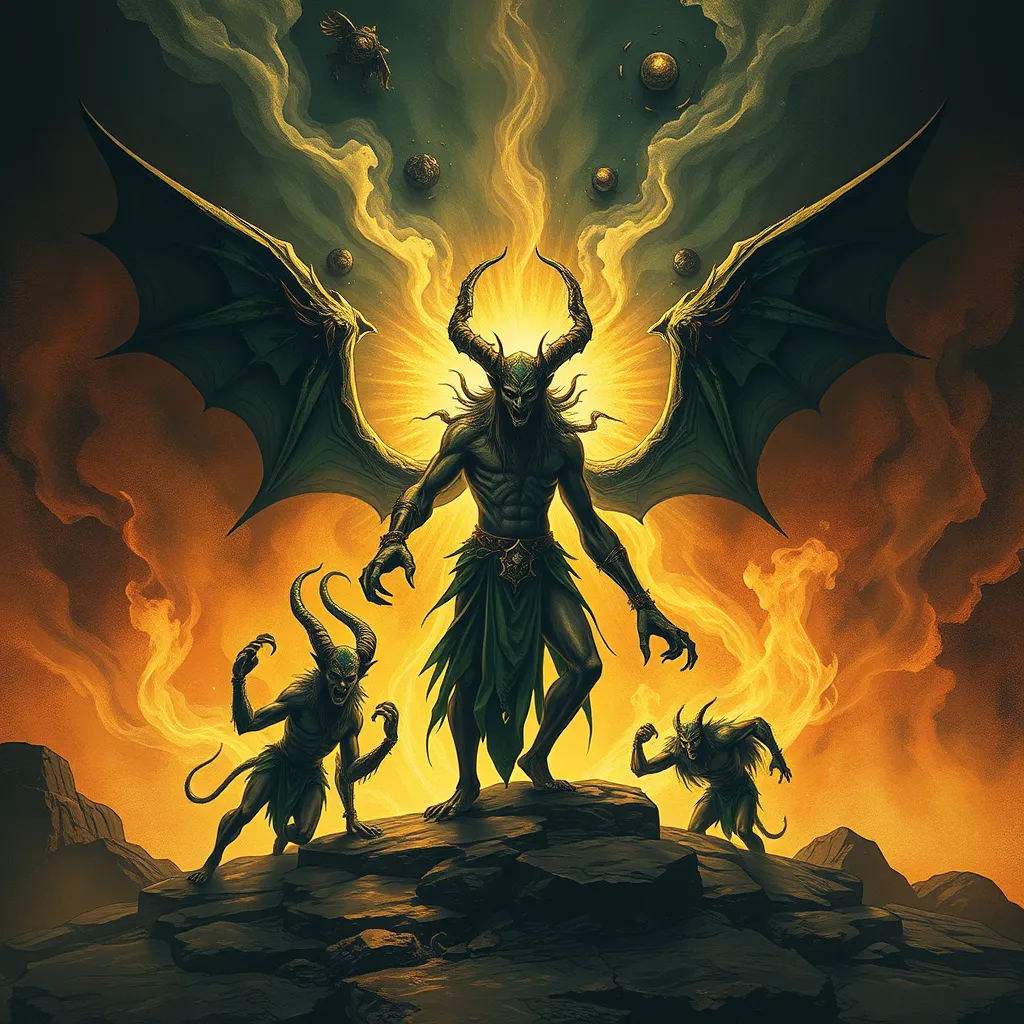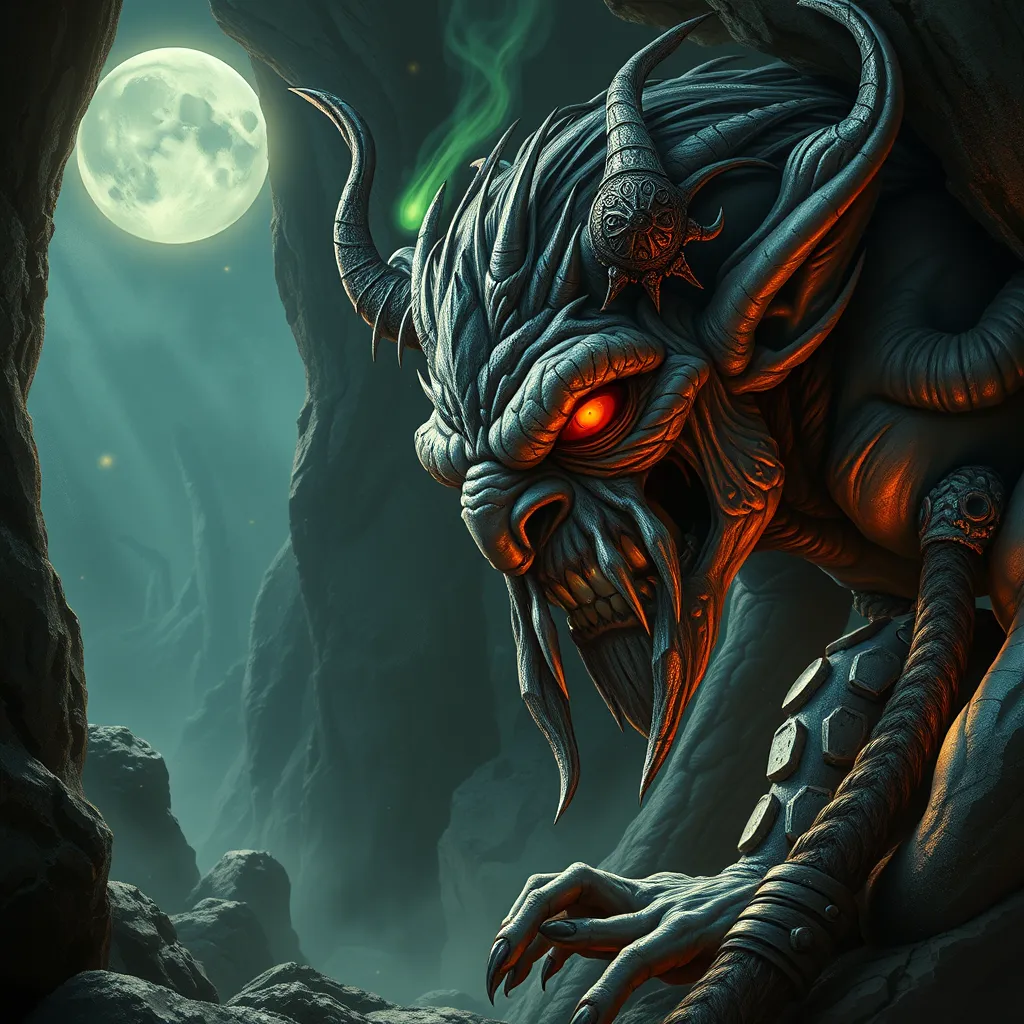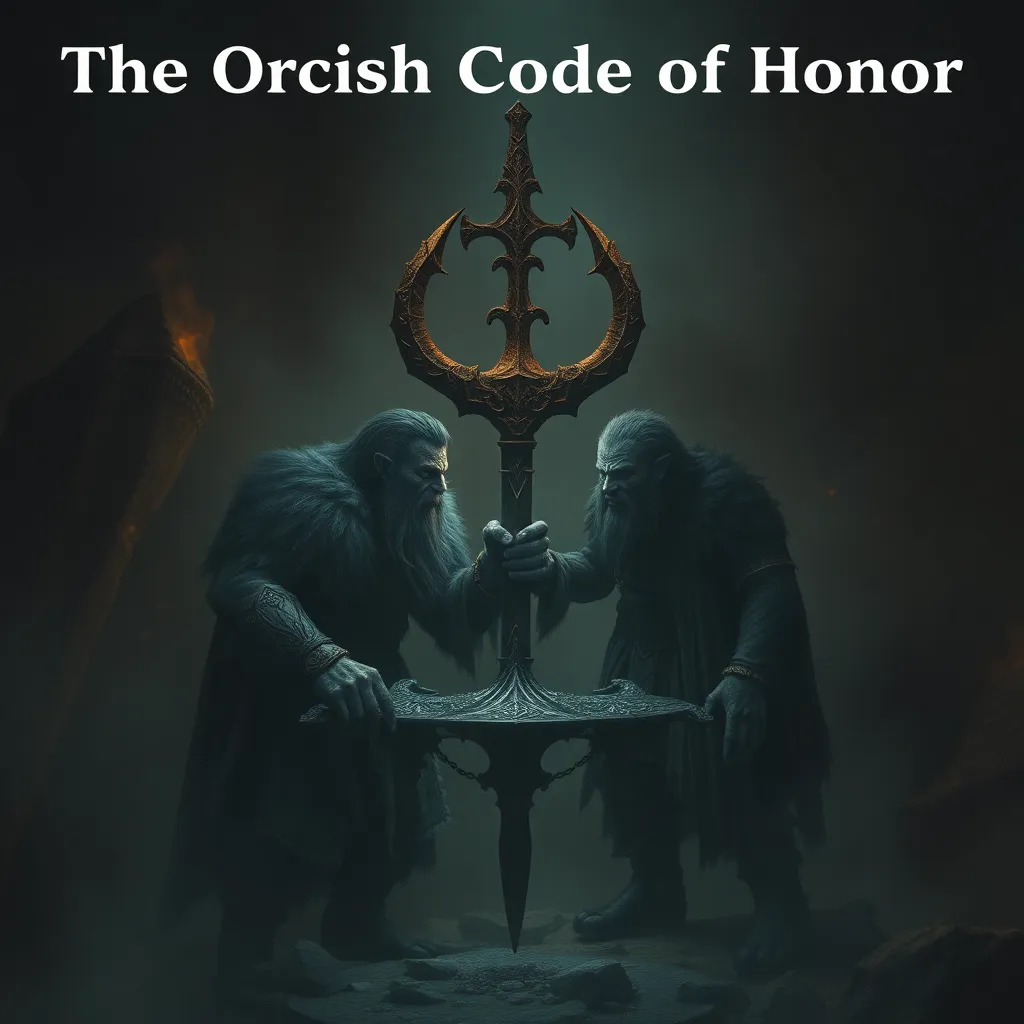The Jinn in Jewish Folklore: From Golems to Demons
I. Introduction
The concept of Jinn, often referred to as spirits or supernatural beings, holds a significant place in various cultural traditions, particularly within Islamic and Arabic contexts. However, their influence extends beyond these borders, permeating into the realms of Jewish folklore and mystical traditions.
This article aims to explore the intersections of Jinn mythology with Jewish culture, examining how these entities have been perceived and adapted throughout history. We will delve into the historical context, the creation of the Golem as a Jewish response to Jinn, and the depiction of Jinn as demonic figures within Jewish folklore.
II. Historical Context of Jinn in Jewish Tradition
The roots of Jinn can be traced back to pre-Islamic Arabian culture, where they were viewed as powerful entities inhabiting the natural world. The Arabic word ‘Jinn’ comes from the root ‘j-n-n,’ which means to hide or conceal, reflecting their elusive nature.
As Jewish communities interacted with Islamic cultures over centuries, beliefs about Jinn found their way into Jewish folklore. This migration of ideas led to a unique synthesis of supernatural beliefs that reflected both Jewish and Islamic mystical traditions.
- Origins of Jinn: Jinn were originally seen as guardians of the deserts and spirits of nature.
- Migrations of Beliefs: Through trade and cultural exchange, Jewish communities began to adopt and adapt Jinn narratives.
- Interactions with Mysticism: Jewish and Islamic mystical traditions, such as Kabbalah and Sufism, often shared concepts about the spiritual world.
III. The Golem: A Jewish Response to Jinn
The Golem is a creature formed from inanimate matter, traditionally clay or mud, and brought to life through mystical means. This figure holds significant importance in Jewish folklore, symbolizing the power of creation and the human struggle against chaos.
The Golem acts as a protector and servant, often created to defend the Jewish community from external threats. The most famous Golem legend is that of the Golem of Prague, created by Rabbi Judah Loew in the 16th century to protect the Jewish community from anti-Semitic attacks.
- Definition and Characteristics: The Golem is typically depicted as a large, humanoid figure without a soul.
- Role as Protector: Golems are often tasked with safeguarding their creators and performing tasks deemed too dangerous.
- Comparisons with Jinn: Unlike Jinn, which possess free will, Golems are entirely under the control of their creators.
IV. Jinn as Demonic Entities in Jewish Folklore
In Jewish mystical texts, Jinn are often perceived as demonic entities, reflecting their more malevolent characteristics. These Jinn are described as having the ability to possess individuals, cause mischief, and lead people astray.
Jewish folklore presents various narratives where Jinn play pivotal roles, often illustrating moral lessons or the consequences of straying from divine paths. The Kabbalah, in particular, offers insights into the nature of Jinn and their interaction with the human world.
- Descriptions and Characteristics: Jinn in Jewish folklore are often depicted as chaotic and dangerous, with a penchant for trickery.
- Role in Mystical Texts: They are frequently mentioned in Kabbalistic teachings, emphasizing their duality as both servants and adversaries of God.
- Historical Anecdotes: Many tales recount encounters with Jinn, often illustrating the struggle between good and evil.
V. The Influence of Jinn on Jewish Magical Practices
Jinn have also influenced Jewish magical practices, where they are invoked in various rituals and spells. Jewish mystics often sought to harness the power of Jinn for protection, healing, and other purposes.
Amulets and talismans related to Jinn are common within Jewish tradition, believed to ward off negative influences and attract beneficial energies. These objects often incorporate Hebrew inscriptions and mystical symbols.
- Use in Magic: Jinn are invoked in various rituals, often to gain insight or protection.
- Amulets and Talismans: Objects inscribed with specific prayers or symbols designed to ward off Jinn or harness their power.
- Exorcism Rituals: Jinn play a significant role in some Jewish exorcism practices, where they are expelled from afflicted individuals.
VI. Contemporary Interpretations of Jinn in Jewish Culture
In modern times, Jinn continue to appear in literature and media, reflecting evolving perceptions within Jewish communities. Contemporary authors and filmmakers draw upon Jinn mythology to explore themes of identity, spirituality, and the supernatural.
The portrayal of Jinn in popular culture often blends traditional narratives with modern sensibilities, showcasing their versatility as mythological beings.
- Modern Literature: Writers incorporate Jinn into fantasy genres, exploring their complex relationships with humans.
- Evolving Perceptions: Discussions around Jinn have shifted, with many viewing them as metaphorical representations of internal struggles.
- Popular Culture Influence: Jinn have found their way into films and television, impacting how Jewish identity is portrayed in the media.
VII. Comparative Analysis: Jinn and Other Mythological Beings
When examining Jinn alongside other mythological beings, such as angels and demons, several similarities and differences emerge. Both Jinn and demons are often depicted as malevolent, yet Jinn possess a unique duality that allows for both good and bad representations.
Cross-cultural influences have shaped narratives surrounding these beings, leading to shared themes and archetypes across different traditions.
- Similarities and Differences: Jinn share traits with demons but differ in their origins and the range of their capabilities.
- Cross-Cultural Influences: Many cultures have adopted Jinn narratives, leading to a rich tapestry of stories that resonate across boundaries.
- Role of Myth: Myths play a crucial role in shaping beliefs about the supernatural, influencing how societies understand morality and existence.
VIII. Conclusion
In conclusion, the presence of Jinn in Jewish folklore highlights a fascinating intersection of cultural beliefs and practices. From the creation of the Golem as a response to Jinn to their depiction as demonic entities, Jinn have significantly influenced Jewish mystical traditions.
Understanding Jinn within a broader cultural context underscores their importance in the narratives that shape Jewish identity and spirituality. Future research may further explore the evolving roles of Jinn in contemporary society and their implications for cultural identity.



